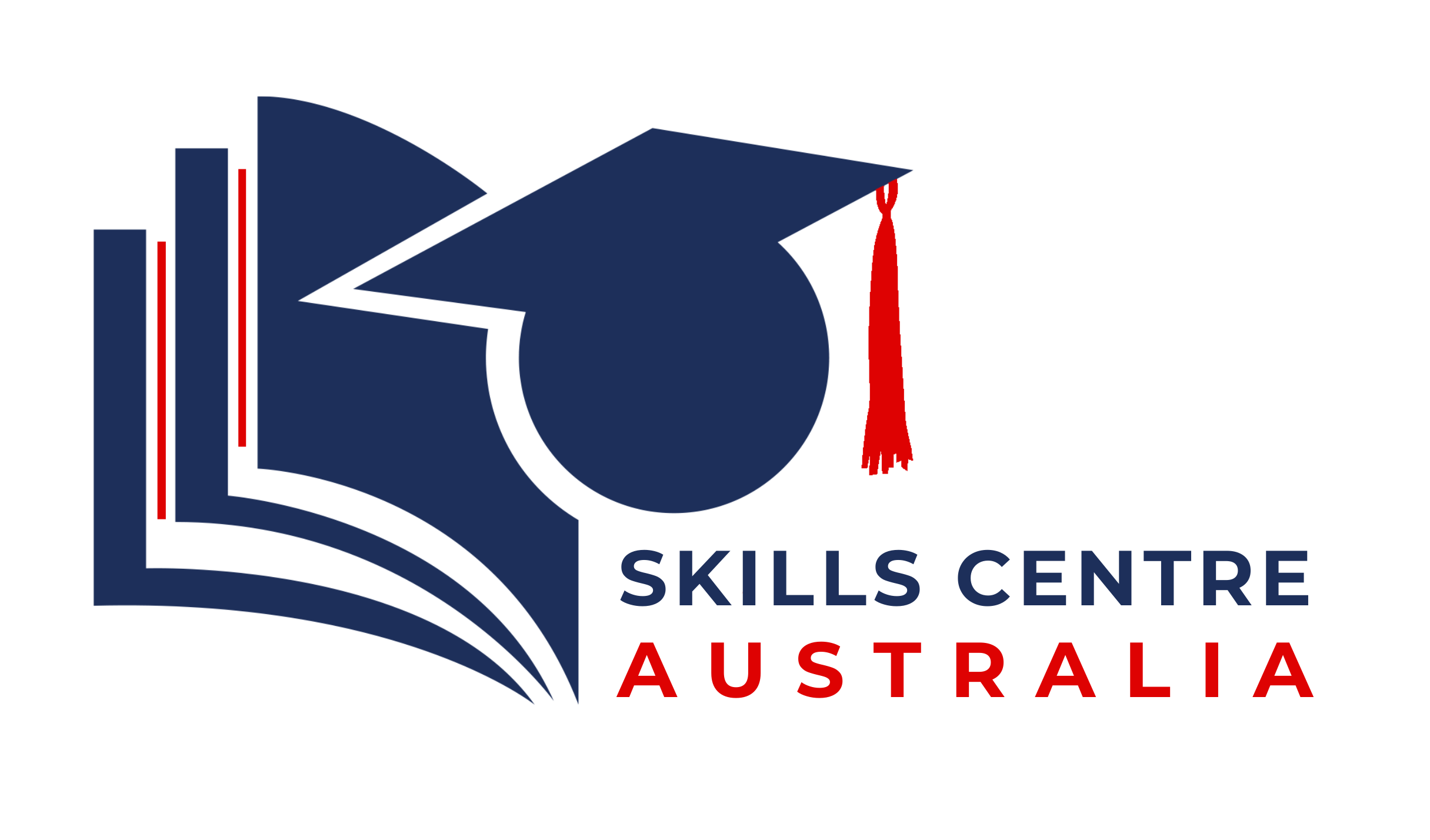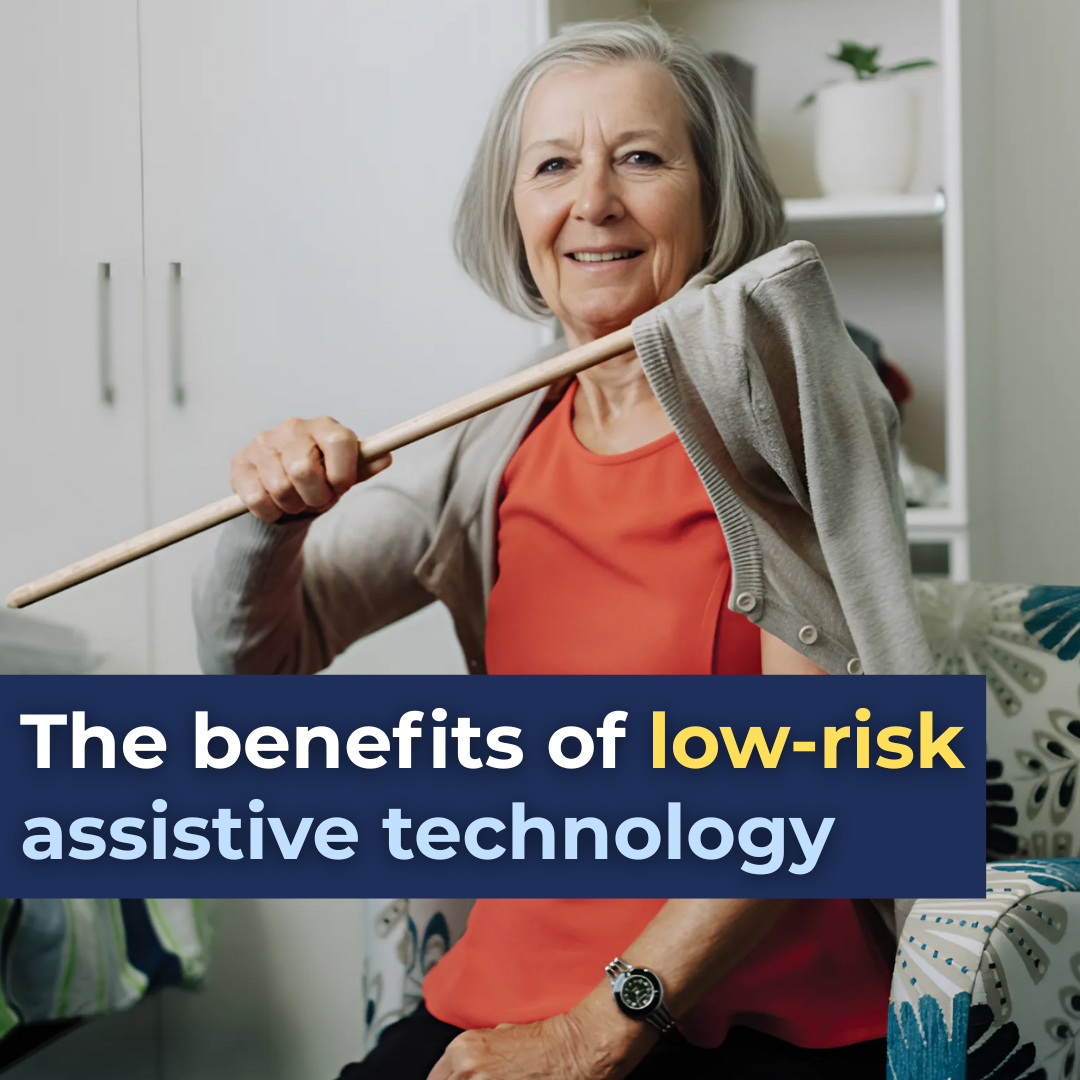When everyday tasks become more difficult, low-risk assistive technology becomes crucial, as it helps individuals maintain their independence, safety, and quality of life. Assistive technology encompasses a broad range of products and services designed to improve an individual’s ability to perform daily activities with greater ease and less physical strain. Understanding and integrating assistive technology into care routines can significantly improve the level of care provided, enhance client outcomes, and contribute to a more efficient and sustainable caregiving process.

What is low risk-assistive technology?
Low-risk assistive technology refers to simple, user-friendly products designed to assist with daily tasks without the need for professional installation, setup, or extensive training. These products focus on improving the ability to perform routine tasks independently, while reducing strain and safety risks.
Examples of low-risk assistive technology
While these products seem simple in nature, they can significantly improve an individual’s ability to perform daily tasks, allowing for more autonomy and reducing the likelihood of accidents. Some examples include:
- Personal care aids: Long-handled sponges, shoehorns, sock aids, and button hooks.
- Kitchen tools: Jar openers, kettle tippers, and large-grip cutlery.
- Household support: Lightweight vacuum cleaners, long-handled dusters, and non-slip mats.
- Mobility and safety aids: Easy-reach seatbelt extenders, grabbers, and non-slip flooring solutions.

How does low-risk assistive technology help?
For many, small changes can lead to significant improvements. The integration of low-risk assistive technology in the home environment can offer a variety of benefits, which include:
- Greater independence: Individuals can continue performing daily tasks on their own, reducing reliance on caregivers.
- Improved safety: Many assistive devices are designed to help prevent falls and injuries.
- Increased confidence: Knowing they have the right tools to manage daily tasks can boost self-esteem and overall wellbeing.
- Reduced pain and fatigue: Ergonomic tools minimise strain, making tasks more comfortable to complete.
- Better quality of life: Maintaining independence contributes to a person’s sense of dignity and satisfaction.
Choosing the right assistive technology
When selecting assistive technology, it is important to consider the specific needs, preferences, and abilities of the individual. Low-risk assistive technology is a great starting point for those who want to make daily tasks more manageable without requiring professional assessment or intervention. These products are easy to use and can offer immediate benefits.
For clients with more complex needs, medium-risk assistive technology (used under professional advice) and high-risk assistive technology (requiring prescription and professional setup) are also available.

By embracing low-risk assistive technology, caregivers can help individuals perform everyday tasks safely and autonomously. These simple, yet effective tools minimise physical strain, and reduce the risk of accidents around the home. Low-risk assistive technology not only addresses practical needs, but also allow people to live with greater independence.
At Skills Centre Australia, we are committed to helping support workers develop the skills and knowledge necessary to deliver high-quality care. By building expertise in key areas (such as Personal Care) support workers are better prepared to incorporate low-risk assistive technology into their approach. For more information about our range of training options, visit our website for details, www.kcskillscentre.com.au.


